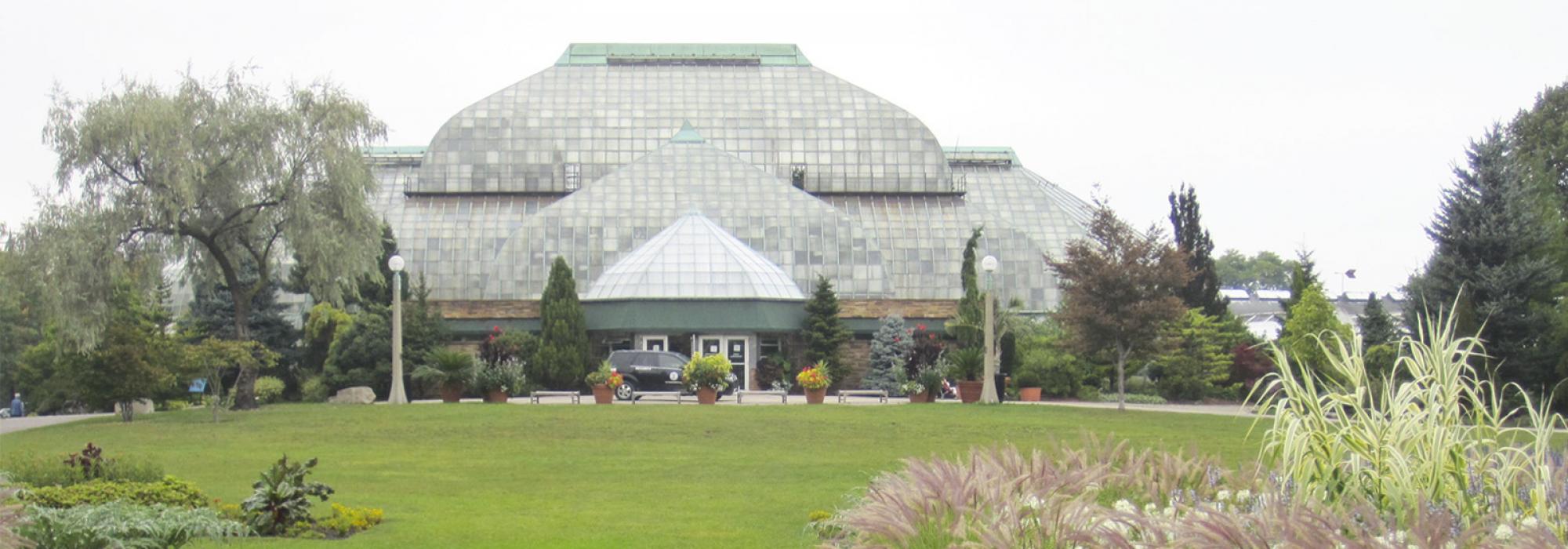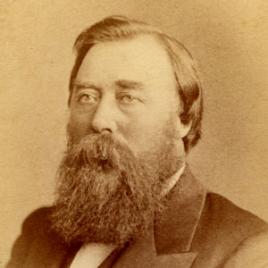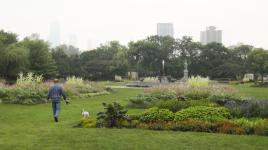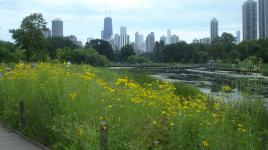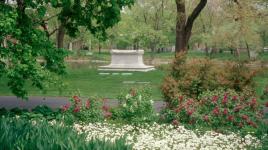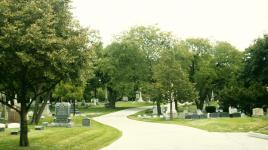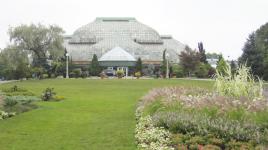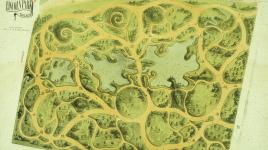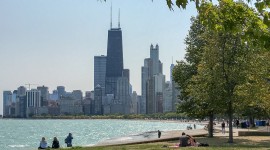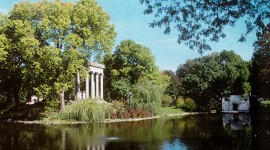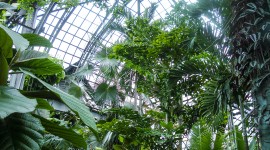Pioneer Information
Born in Fjälkestad, in southern Sweden, Nelson apprenticed with the head gardener at Vanås, the estate of Count Wachtmeister, before immigrating to America in 1852 with his cousin Olof Benson. After working briefly in Defiance, Ohio, the two men moved to Chicago in 1855, where Nelson laid out the roads of Graceland Cemetery. In 1865 the City of Chicago hired him to implement his plans for Union and Lincoln Parks, and Nelson opened a nursery near the latter, importing trees from England and Scotland. Under a newly formed partnership (Nelson & Benson) with his cousin, work on Lincoln Park continued into the 1870s, including the construction of Lake Shore Drive, but by 1887 the partnership had dissolved, and Nelson formed a landscape design and contracting firm with his son Seymour, eventually joined by a younger son, Alvin (Swain Nelson & Sons). The family belonged to the Swedenborgian Church, and in 1893 Swain Nelson & Sons planned a community for the church’s congregants in (what later became) Glenview, Illinois, relocating the nursery onto land adjacent to it. The nursery grew to more than 300 acres, and the firm, with an office still in Chicago, designed many landscapes in Iowa, including parks in Cedar Rapids, the grounds of a public library in Des Moines, and a hospital in Cherokee. After Swain Nelson’s death in 1917, the design firm and nursery were sustained by his sons and grandsons, but in the early 1920s efforts shifted decidedly to the nursery. It, too, eventually succumbed to the Great Depression and in the 1940s was transformed into a residential development called Swainwood.



